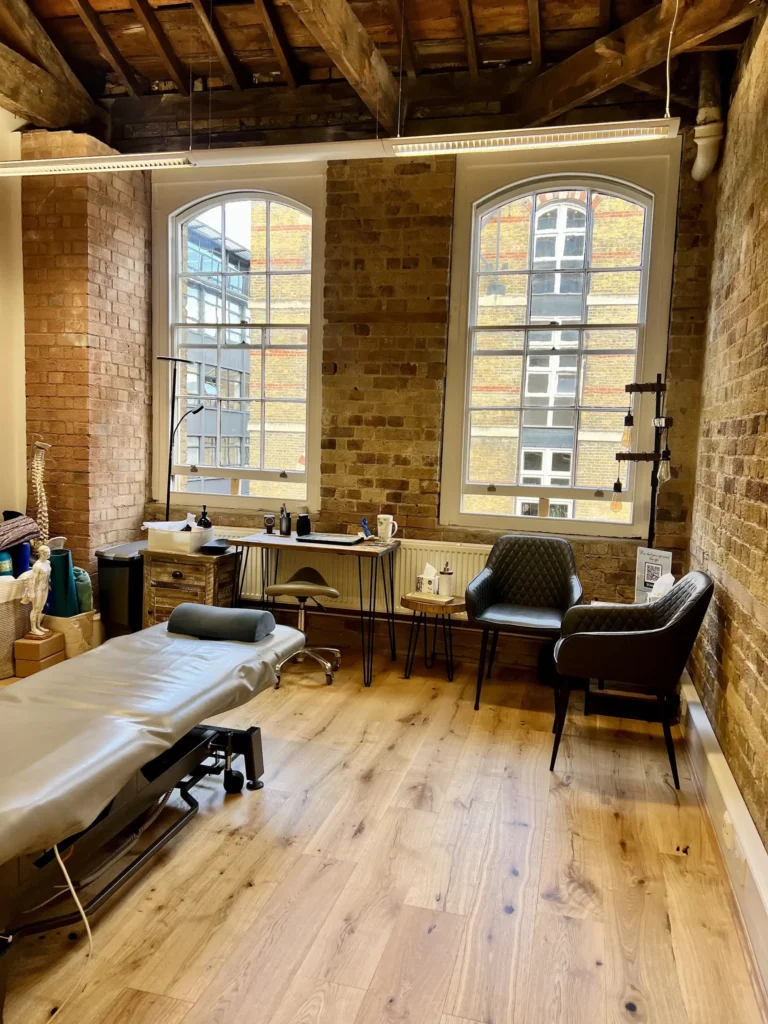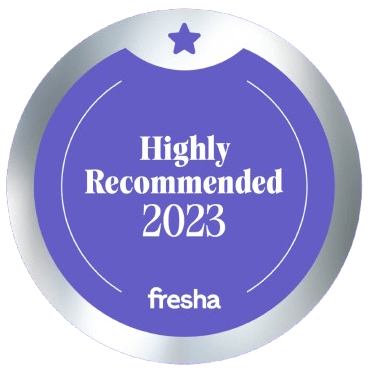Neck Pain
Conditions
Neck Pain
Neck pain refers to discomfort or pain in the area between the base of the skull and the shoulders. It can be caused by a variety of factors including muscle strain, poor posture, injuries, or underlying medical conditions like arthritis.
Standard Medical Approach
- Diagnosis: Physical examination, imaging tests like X-rays or MRIs.
- Treatment: Pain relief through NSAIDs (painkillers and anti-inflammatories), muscle relaxants, physiotherapy, and sometimes cervical collars or surgery.

Hito Holistic Approach
- Diagnosis: Comprehensive assessment including physical, postural, myofascial, visceral, energetical, emotional, and lifestyle factors.
- Treatment: Focus not only on the biomechanics of single cervical joints and neck muscles but also on the body energy, the emotional level, the mindset, stress and posture. Taking into consideration not only the sore muscles on the back of the neck but also the front muscles which are holding the wrong posture. From a visceral perspective, the neck pain can be caused also from restrictions or suffering of the gut, overall, of the large intestine. In this case, a visceral assessment can reveal the specific restricted organ and visceral myofascial induction therapy can fully resolve the neck pain. Also a previous neck or throat or thyroid surgery can generate and internal entrapment internally pulling the neck and creating pain. In ayurvedic medicine the neck is linked to the throat chakra (lower neck, thyroid, throat, lack of expression) and the brow chakra (upper neck, head, sinuses, headaches, migraines, eyes, nose and ears, overthinking, busy mind, ruminating thoughts). In Traditional Chinese Medicine (TCM), the neck is associated with various meridians like the gallbladder (overthinking with frustration), certain bladder points but also the large intestine (struggling to let go) and indirectly the lungs (sadness). Holistic treatments include myofascial release to reset the muscle tension, acupuncture to balance the meridians, chakra healing to rebalance the chakras, eventually clinic massage, specific stretches, strength and postural exercises, Pilates and yoga poses, mindfulness practices like breathwork and journaling to reduce stress and improve oxygenation.
